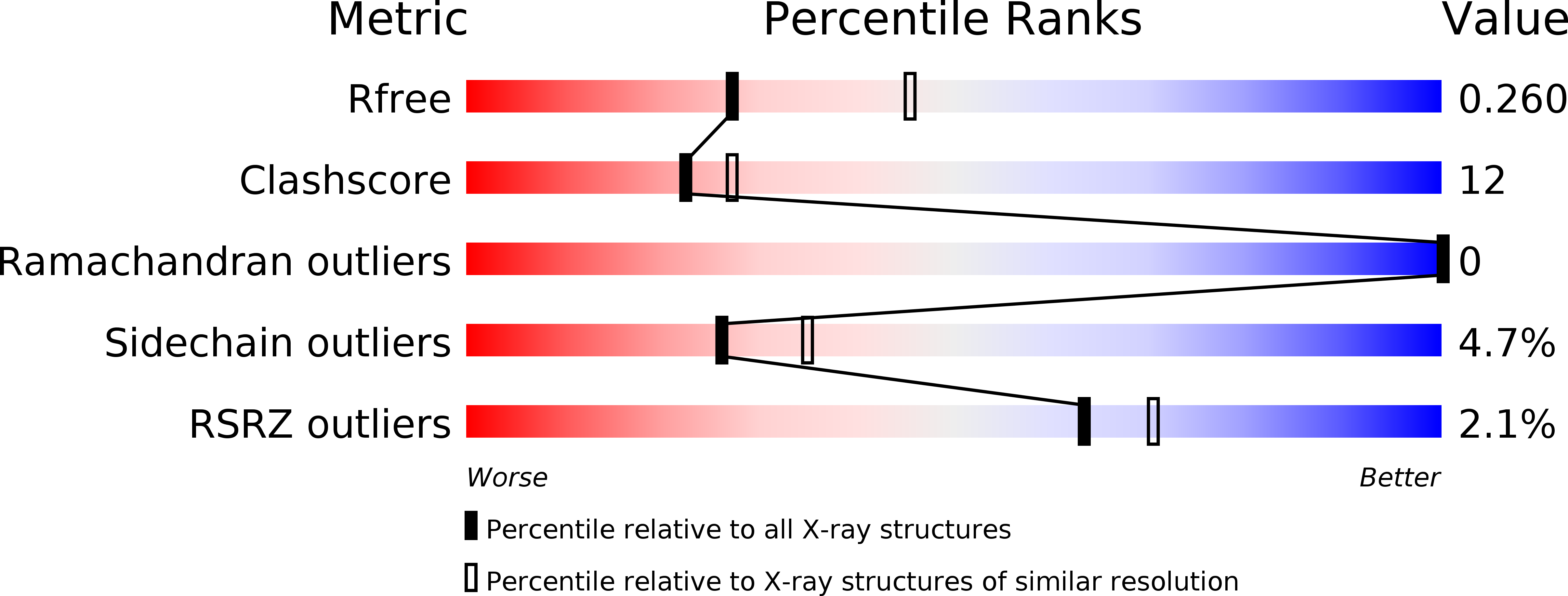
Deposition Date
2009-08-04
Release Date
2009-10-06
Last Version Date
2024-11-27
Method Details:
Experimental Method:
Resolution:
2.55 Å
R-Value Free:
0.26
R-Value Work:
0.21
R-Value Observed:
0.21
Space Group:
P 21 21 21


